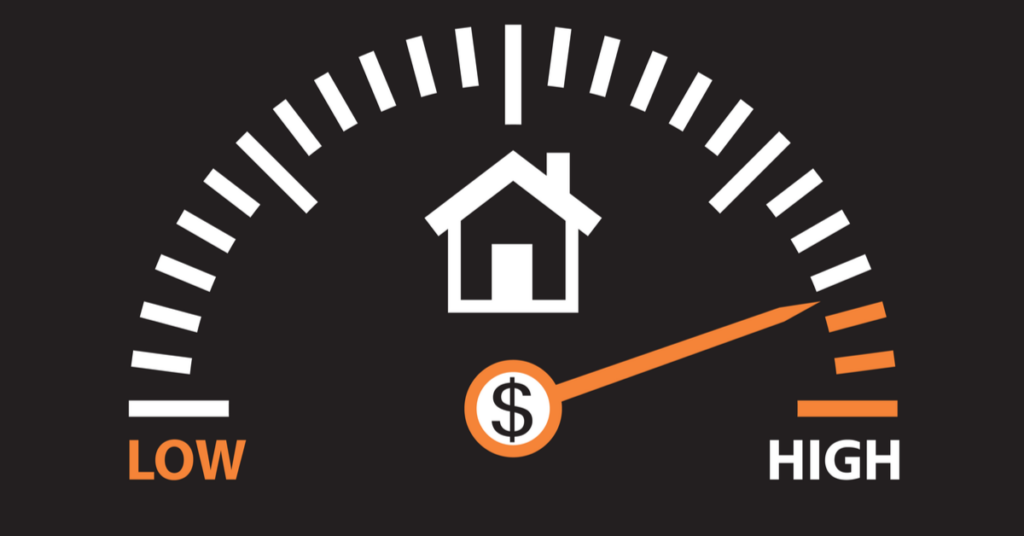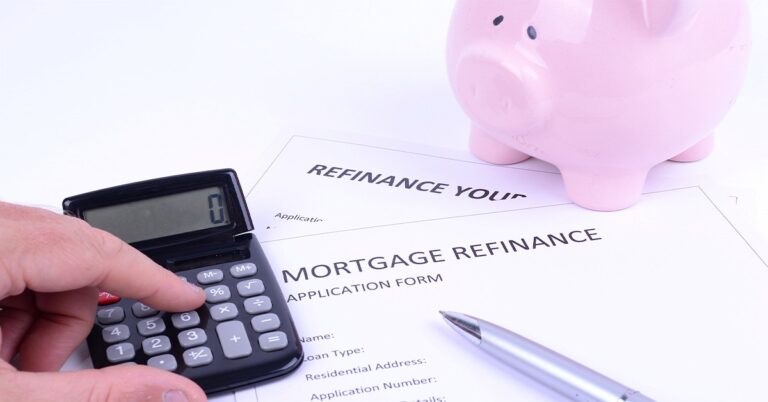Home prices experienced a year-over-year surge in November, increasing 8.2% annually, according to the latest Home Price Index (HPI) report from CoreLogic.
November’s yearly growth, the largest since March 2014, was up from November 2019’s gain of 3.7%. Compared with home prices from October, November’s prices were up 1.1%.
No states posted an annual decline in home prices during November. The states that posted the highest increases year-over-year were states that continued to serve as destinations for outbound residents of nearby expensive areas on the lookout for cheaper housing: Idaho, which saw prices grow 15.7% from November 2019 to November 2020, followed by Maine at 15.4%, and Indiana at 13.6%.
With home prices escalating, demand strong and low rates incentivizing more buyers to explore the market, affordability issues are starting to surface. Attom Data Solutions recently reported that price growth outpaced wage growth during the fourth quarter of 2020, and despite Redfin reporting that prices at the top end of the market grew faster than those in lower tiers in the three months ending Nov. 30, CoreLogic’s data showed that the lowest price bracket saw the highest gain in November. Prices of the most affordable homes increased 12% year over year in November, compared to 10% for the low- to middle-price tier, 9.3% for the middle- to moderate-price tier, and 8.4% for the high-price tier.
Price growth at the affordable end of the market is being driven by young buyers aging into their primary homebuying window within a favorable rate environment, said Frank Nothaft, CoreLogic’s chief economist.
“The demographic tailwind has arrived as Generation X and millennials drive housing demand,” he said. “Lower-priced home values increased about one and a half times faster than higher-priced home values in November, as first-time buyers tend to seek out homes within the lower price ranges.”
Want more news, topics and trends?
Get perspectives on the mortgage industry from thought leaders by subscribing to Scotsman Guide’s free digital editions.
Meanwhile, for-sale inventory continues to dwindle from already historically low figures. Average for-sale inventory in 2020 was at just 63% of the levels in 1982, CoreLogic reported. And renewed COVID-19 outbreaks have discouraged some sellers from putting their homes on the market, further depleting supply and helping fuel price appreciation.
The convergence of these trends could spell trouble for those young buyers entering their homebuying primes. CoreLogic noted that one of the challenges that has risen for first-time buyers of late has been the growing difficulty of coming up with a downpayment: While low rates have helped pull monthly payments and insurance down by 3% compared to 2019, the downpayment needed to buy a home in 2020 was up 8%. And that figure could be on its way higher with CoreLogic forecasting downpayments increasing 22% over the next five years.
Some relief for first-time buyers could be on the horizon in the near-term. CoreLogic predicts buyer demand to slow somewhat in the coming year, while more supply enters the market. CoreLogic’s HPI Forecast anticipates annual home price growth to downshift from 7.5% during 2021’s first quarter to 2.5% by November. If realized, that would be the lowest increase in annual home prices since March 2012.






